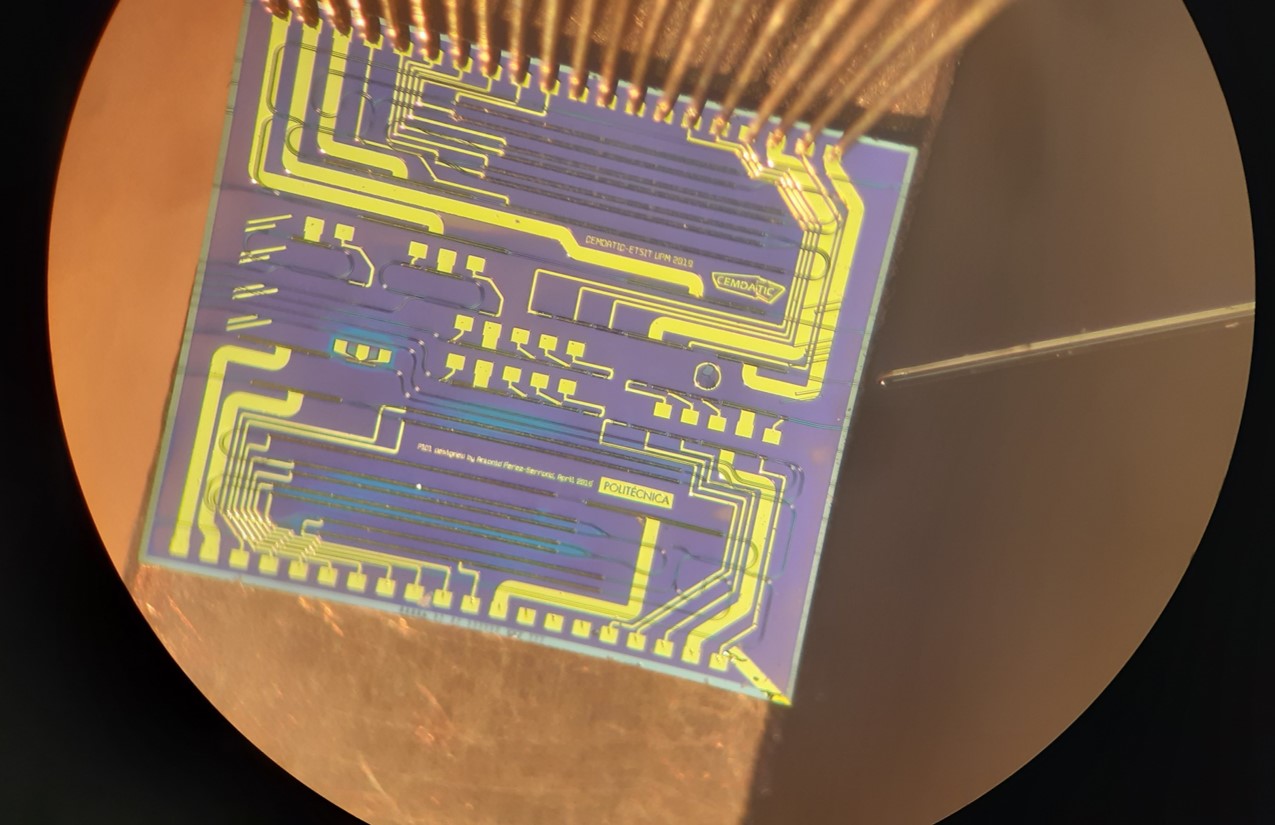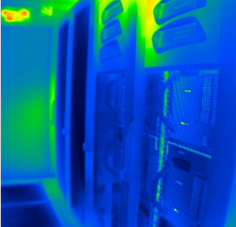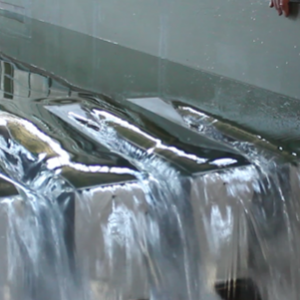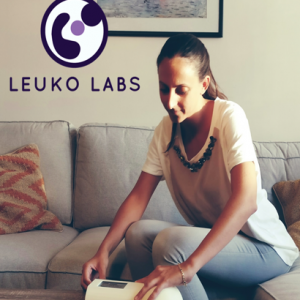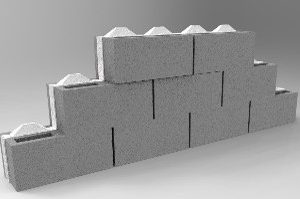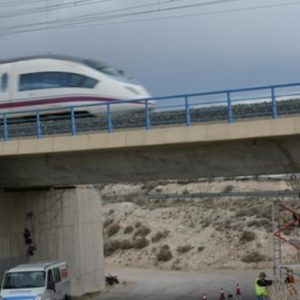Brief description of the solution and the added value it delivers
Sensor for rapid and accurate remote measurement of gas concentration based on photonic integrated circuits.
Description of the technological basis
GAS-PIC measures the concentration of gases in the air quickly and accurately.
It consists of a LiDAR system that uses the dual-frequency comb spectroscopy technique. The system is highly compact because it is implemented on a photonic circuit that combines lasers, modulators and photodetectors on a single chip.
Plus, it is cost competitive because the acquisition and processing system employs standard electronics.
‘Accurate remote measurement of gas concentration in milliseconds, using a compact, light and robust system’
Business needs / application
- Currently, accurate gas sensors, such as electrochemical sensors, are slow and limited to on-site measurement. Meanwhile, conventional spectrometers and LiDAR systems for measuring gases are expensive and bulky.
- It is estimated that leaks in gas pipelines (e.g. for natural gas) amount to approximately 200 million tonnes of CO2 equivalent annually, resulting in losses of 30 billion euros a year.
- In large chemical plants, it is estimated that leaks typically give rise to costs of between 5,000 and 10,000 euros a day.
- The atmospheric concentration of CO2, one of the main drivers of global warming, has increased drastically as a result of human activity, recently surpassing the level of 410 ppm. The development of an accurate and inexpensive sensor for controlling and mapping the carbon cycle makes it possible to combat that increase with the appropriate policies.
‘Leaks in gas transportation and in chemical plants result in losses amounting to millions every year’
Competitive advantages
- Rapid and accurate remote measurement of gas concentration.
- Mapping of optical frequencies in radio frequencies, making it possible to use conventional electronics to acquire and process them.
- The system detects gases by measuring their absorption spectrum in the near-infrared range, between 1500 and 1600 nm. It detects gases such as carbon dioxide (CO2), acetylene (C2H2), hydrogen iodide (HI), ammonia (NH3), carbon monoxide (CO) and hydrogen sulphide (H2S), among others.
- The system is compact, lightweight and robust, allowing it to be mounted on all kinds vehicles, including aircraft and drones.
References
- GAS-PIC was developed with the support of the Community of Madrid, under its multi-annual agreement with the Universidad Politécnica de Madrid and the actions contained therein to stimulate research by young doctorate holders (APOYO-JOVENES-KXHJ8C-16-VCKM78), and the Ministry of Economic Affairs and Competitiveness (RTI2018-094118-B-C21).
- The system has been implemented using discreet devices and measuring a commercial H13CN cell, giving rise to publications in journals and specialist conferences.
Stage of development
- Concept
- Research
- Lab prototype
- Industrial prototype
- Production
Contact
GAS-PIC contact
Antonio Pérez Serrano, Ignacio Esquivias Moscardó
Grupo de Fotónica Aplicada | CEMDATIC | UPM
e:
e:
UPM contact
I&E
Technological Innovation Support Centre (CAIT) – UPM
e:


